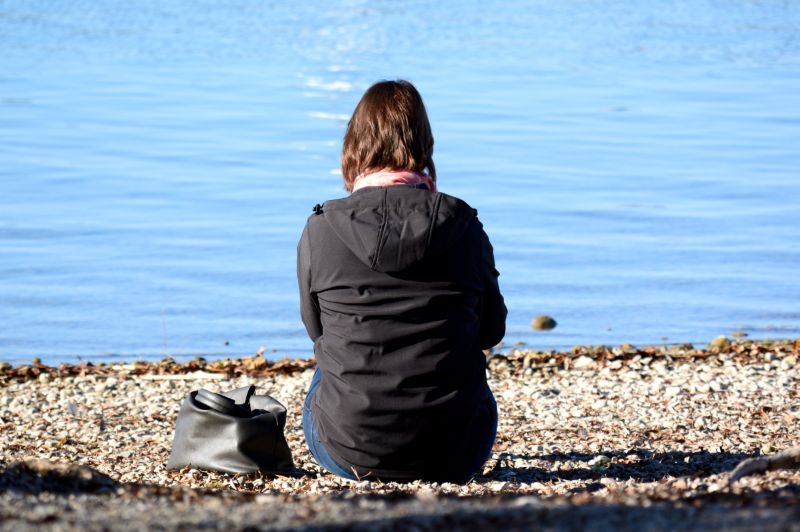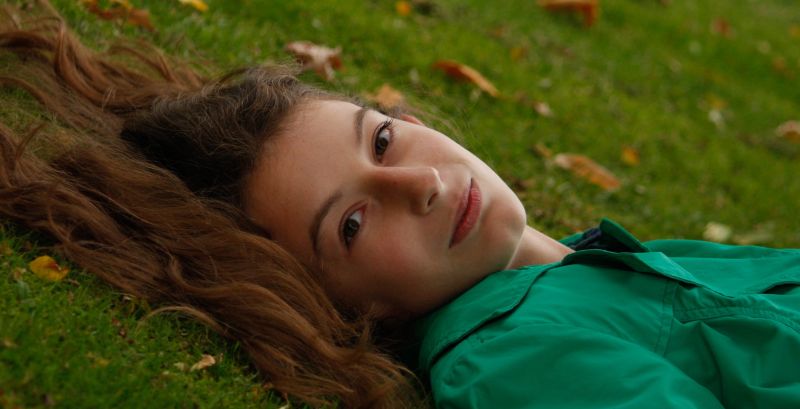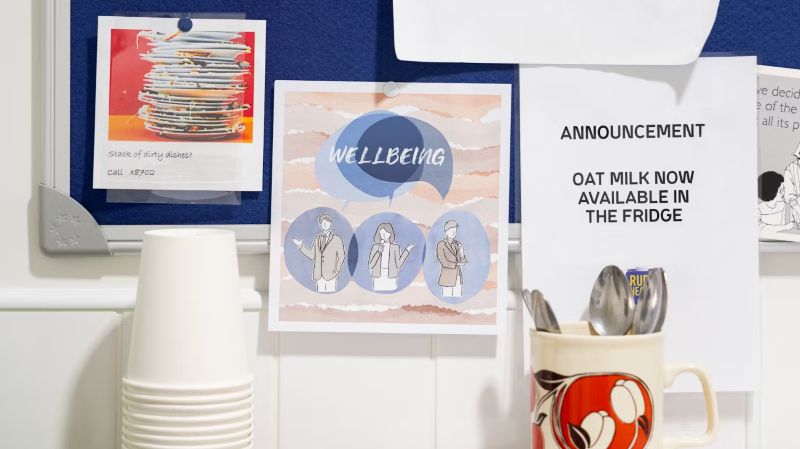Experts explain the benefits of mindfulness–and how you can cultivate it.

By Jason Marsh
Founding editor in chief of Greater Good and the GGSC’s executive director
It’s been 30 years since Jon Kabat-Zinn launched his Mindfulness-Based Stress Reduction (MBSR) program at the University of Massachusetts Medical Center. What began as a bit of a lark—an attempt by a molecular biologist to bring Buddhist meditation (minus the Buddhism) into the mainstream of medicine—has grown into a genuine social movement, with variations of the MBSR program developing everywhere from elementary schools to hospitals to the halls of Congress. At the same time, a growing body of research has documented the physical and psychological health benefits of practicing mindfulness, even for just a few weeks.
Still, the term “mindfulness” is likely to raise more than a few questions. For starters: What, exactly, is it?
“Simply put, mindfulness is moment-to-moment awareness,” writes Kabat-Zinn in his groundbreaking book Full Catastrophe Living. “It is cultivated by purposefully paying attention to things we ordinarily never give a moment’s thought to. It is a systematic approach to developing new kinds of control and wisdom in our lives.”
Kabat-Zinn has made it his life’s work to promote secular applications of mindfulness. And this month on Greater Good, we’re highlighting why that work is so important.
Throughout the month, we’ll be featuring stories by pioneers who have applied Kabat-Zinn’s MBSR program to different realms, from schools to prisons to childbirth and parenting education to the lives of Iraq war veterans. Each story is unique, but they all demonstrate the profound benefits that can come from cultivating mindfulness: reduced stress, heightened compassion and self-control, and a deeper engagement with the people in our lives. And they all make clear that these benefits can be made available to almost anyone with proper training.
This training can take different forms. Kabat-Zinn has stressed that although mindfulness can be cultivated through formal meditation, that’s not the only way.
“It’s not really about sitting in the full lotus, like pretending you’re a statue in a British museum,” he said in his presentation at a recent Greater Good Science Center event. “It’s about living your life as if it really mattered, moment by moment by moment by moment.”
Video from that dynamic and inspiring presentation, part of the GGSC’s new “Science of a Meaningful Life” series, is also a highlight on Greater Good this month—a terrific opportunity to watch Kabat-Zinn elucidate the practice and the purpose of mindfulness.
You’ll also find other mindfulness resources, including tips for teaching mindfulness to kids and links to leading organizations that study and teach mindfulness.
And all of these valuable resources are collected in “The Greater Good Guide to Mindfulness”—the first in a series of “Greater Good Guides” we’re publishing on our website as a way to dig deeper into some of Greater Good‘s key themes. The guides are available only to members of the Greater Good Science Center—good reason to start your membership today!
Taken together, from Kabat-Zinn’s video presentation to our many articles on the topic, we hope these materials provide a better sense of what mindfulness is, what its benefits are, how it’s practiced, and how you might cultivate more of it in your own life.
Originally published by Greater Good Magazine, 05.17.2010, under a Creative Commons license.








